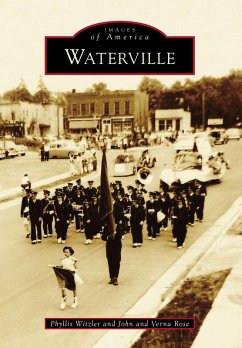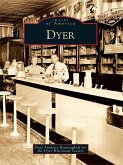Following the Battle of Fallen Timbers in 1794 and the end of the War of 1812, the Maumee Valley became open to settlement. John Pray arrived in 1817, built a dam to run a mill, and the site became known as Pray's Falls. By 1831, Pray had platted the first 50 lots and called it Waterville. Others were attracted to the area, and the trading post inn that Pray had constructed in 1828 was greatly enlarged in 1837. The Columbian House became an important stop on the stagecoach run between Fort Wayne and Detroit and the social center of the village. In 1843, when the Miami and Erie Canal opened through Waterville, there was an economic boom. The business center of town moved from Main Street (River Road) to Third Street, and the town was incorporated in 1882.
Dieser Download kann aus rechtlichen Gründen nur mit Rechnungsadresse in A, B, BG, CY, CZ, D, DK, EW, E, FIN, F, GR, HR, H, IRL, I, LT, L, LR, M, NL, PL, P, R, S, SLO, SK ausgeliefert werden.









